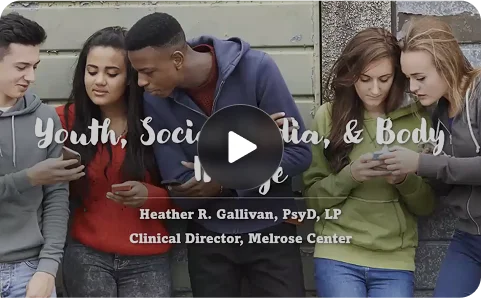Latino, Latinx, and Latine: Language and Creating Inclusive Spaces
Intercultural Engagement
Published on: September 19, 2023
Latino, Latinx, and Latine youth deserve a safe space where they can be seen and heard as their authentic selves. As language continues to adapt to the needs of diverse communities, embracing these changes is a step towards progress and equity.
Exploring the vocabulary
Latino, Latinx, and Latine are terms that have gained significant attention, especially in the realm of gender-neutral and inclusive language. Each of these terms has a unique history and purpose.
- Latino – In the context of gender neutrality, the term “Latino” is often used to refer to the Latin community through traditional gendered words found in Spanish. This approach maintains the historical aspect of the language while acknowledging its binary gender structure. In English, “Latin” refers to the broad community of Latin Americans in the US.
- Latinx – “Latinx” emerged as a more inclusive alternative to “Latino.” It seeks to challenge the gender binary inherent in the traditional Spanish language. The “x” at the end of “Latinx” is meant to be gender-neutral, encompassing all individuals of Latin American descent without assigning a specific gender.
- Latine – “Latine” is another gender-neutral term. It eliminates gender-specific endings. This allows for a more inclusive and flexible communication style, while adhering to the grammar of the Spanish language. “Latine” aligns with the broader movement towards gender-inclusive language in the US and Latin America.
The significance of inclusive language
Understanding the significance of these terms reflects your growing commitment to inclusivity and respect for young people’s diverse identities. Here are some key reasons why inclusive language matters:
- Respect for Gender Diversity – Inclusive language respects and acknowledges the gender identities of young people who may not identify as male or female. By using gender-neutral terms like “Latinx” or “Latine,” you can help create a more welcoming environment.
- Social Change – The adoption of gender-neutral terms like “Latinx” and “Latine” is part of a broader movement toward social change and inclusivity. It encourages our youth to live in their truth and challenge traditional gender norms and structures.
Choosing the right term for you
When deciding whether to use “Latino,” “Latinx,” or “Latine” in your communication, it’s crucial to consider your audience and the context. Here are some guidelines to help you make an informed choice:
- Audience Awareness – Consider the preferences of the young people or youth groups you are communicating with. Some may prefer “Latinx” or “Latine.” While others may still be comfortable with “Latino.” To put it simply, it’s okay for you to ask the young person what their preferences are. If youth in your program have conflicting preferences, this would be a great opportunity for you to advocate for inclusivity. You can open a dialogue to create a safe space for them to discuss these differences.
- Context Matters – In some settings, traditional “Latino” may still be the preferred choice. Depending on the young person’s individual situation, this may even be the safest choice. By asking when a youth would like you to use this language, you can reduce harm from the outside community. In more inclusive spaces, “Latinx” and “Latine” may be their preference.
- Stay Informed – Language is continually evolving, and new terms may emerge. Staying informed about the latest developments in gender-neutral language ensures your communication remains respectful and inclusive.
In conclusion, Latino, Latinx, and Latine represent the evolving landscape of gender-neutral language. Understanding the distinctions between these terms and their significance is essential. The language you choose matters to foster a more inclusive and respectful space.
To gain a broad understanding of using gender inclusive language, check out YIPA’s training Gender Literacy for Inclusive Youth Work.








